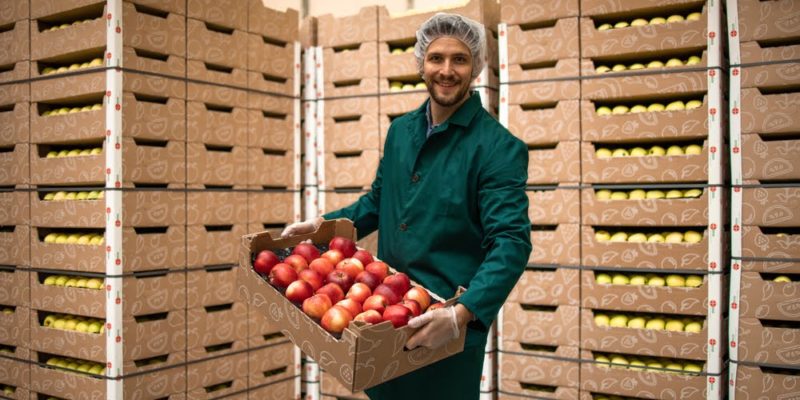The Importance of Temperature Control in Food Transport
When it comes to transporting food safely from the farm to your fork, maintaining temperature control is crucial.
Fresh and frozen foods pass through many different stages during their journey along the cold chain. Maintaining temperature control throughout this journey is essential for ensuring that the food arrives in optimal condition.
Here’s some reasons why maintaining temperature control while food is in transit is so important:
Reduce Health Risks
Not maintaining the correct temperature of foods during their transport journey can have serious health implications for consumers. If foods are stored at incorrect temperatures, this can lead to bacterial growth, food-borne diseases and food poisoning.
Maintaining temperature control is the best way to prevent health risks.
Reduce Food Wastage
According to Food Bank, 7.6 million tonnes of food is wasted or lost in Australia every year. To reduce food wastage, the supply chain needs to ensure that foods are delivered in optimal conditions. If food temperatures are not correctly controlled during transit, then this can lead to food spoilage and wastage.
Improve Food Quality
Transporting foods at the right temperature helps to improve food quality. Refrigerated transport can make perishable foods last longer and arrive in good condition. For fresh fruits and vegetables, dairy products, meats and seafood, transporting them at the correct temperature is important so that they retain their quality.
Protect Brand Reputation
The reputation of food producers, distributors, and retailers hinges on their ability to consistently deliver safe and high-quality products. Any incidents of temperature-related issues during transport can have a detrimental effect on a company’s reputation.
Consumers have become increasingly conscious about the safety and quality of the food they purchase. One foodborne illness outbreak or a string of spoiled products can tarnish a brand’s image and erode customer trust.Proactive temperature control not only ensures that products are safe but also maintains the intended quality, helping companies build and maintain a positive reputation.
Meet Consumer Expectations
Modern consumers have high expectations when it comes to the food they purchase. They demand fresh, safe, and high-quality products. Temperature control in food transport is essential for meeting and exceeding these expectations. When customers receive food that is as good as or better than they anticipated, they are more likely to become repeat customers and brand advocates.
Conclusion
Temperature control in food transport is not merely a logistical concern; it’s a matter of public health, sustainability, and business success. Maintaining the right temperature throughout the supply chain ensures food safety, minimises waste, protects brand reputation, and meets consumer expectations. Whether you’re in the food production, distribution, or retail sector, understanding and prioritising temperature control is essential for a thriving and responsible food industry.

